Government Initiatives and Funding
Government initiatives and funding play a pivotal role in shaping the Space Propulsion Systems Market. Various space agencies are increasing their budgets for research and development in propulsion technologies, recognizing their importance for future space exploration missions. For example, initiatives aimed at returning humans to the Moon and eventually sending missions to Mars are driving the need for advanced propulsion systems. This influx of funding is expected to stimulate innovation and collaboration among industry stakeholders, leading to the development of next-generation propulsion technologies. The market is likely to benefit from these initiatives, as they create a conducive environment for technological advancements.
Emergence of Commercial Space Travel
The emergence of commercial space travel is significantly influencing the Space Propulsion Systems Market. As private companies venture into space tourism and commercial spaceflight, there is a growing demand for reliable and efficient propulsion systems. This sector is projected to expand rapidly, with estimates indicating that the commercial space travel market could reach billions in revenue within the next decade. The need for safe and effective propulsion technologies is paramount, as companies seek to ensure the success of their missions. This trend is likely to drive innovation in propulsion systems, as firms strive to meet the unique requirements of commercial space travel.
Advancements in Propulsion Technologies
The Space Propulsion Systems Market is witnessing rapid advancements in propulsion technologies, particularly with the development of electric and hybrid propulsion systems. These innovations are enhancing the efficiency and performance of spacecraft, allowing for longer missions and reduced operational costs. For instance, electric propulsion systems can provide higher specific impulse compared to traditional chemical propulsion, which is crucial for deep space exploration. The market is projected to grow significantly, with estimates suggesting a compound annual growth rate of over 10% in the coming years. This growth is driven by the need for more sustainable and cost-effective propulsion solutions, as well as the increasing complexity of space missions.
Increased Focus on Space Debris Mitigation
The issue of space debris is becoming increasingly critical within the Space Propulsion Systems Market. As the number of satellites and space missions rises, so does the potential for collisions and the creation of debris. This has led to a heightened focus on developing propulsion systems that can facilitate debris removal and satellite repositioning. Innovative propulsion technologies are being explored to enhance the maneuverability of satellites, allowing them to avoid potential collisions. The market is likely to see investments directed towards propulsion systems that not only support operational satellites but also contribute to sustainable space practices, thereby addressing the growing concern of space debris.
Rising Demand for Satellite Launch Services
The demand for satellite launch services is a key driver in the Space Propulsion Systems Market. As nations and private companies continue to invest in satellite technology for communication, Earth observation, and scientific research, the need for reliable and efficient propulsion systems becomes paramount. The market for satellite launches is expected to reach several billion dollars, with a notable increase in small satellite launches. This trend indicates a shift towards more frequent and diverse launch opportunities, which in turn drives innovation in propulsion systems. Companies are focusing on developing versatile propulsion solutions that can cater to various payload sizes and mission profiles.
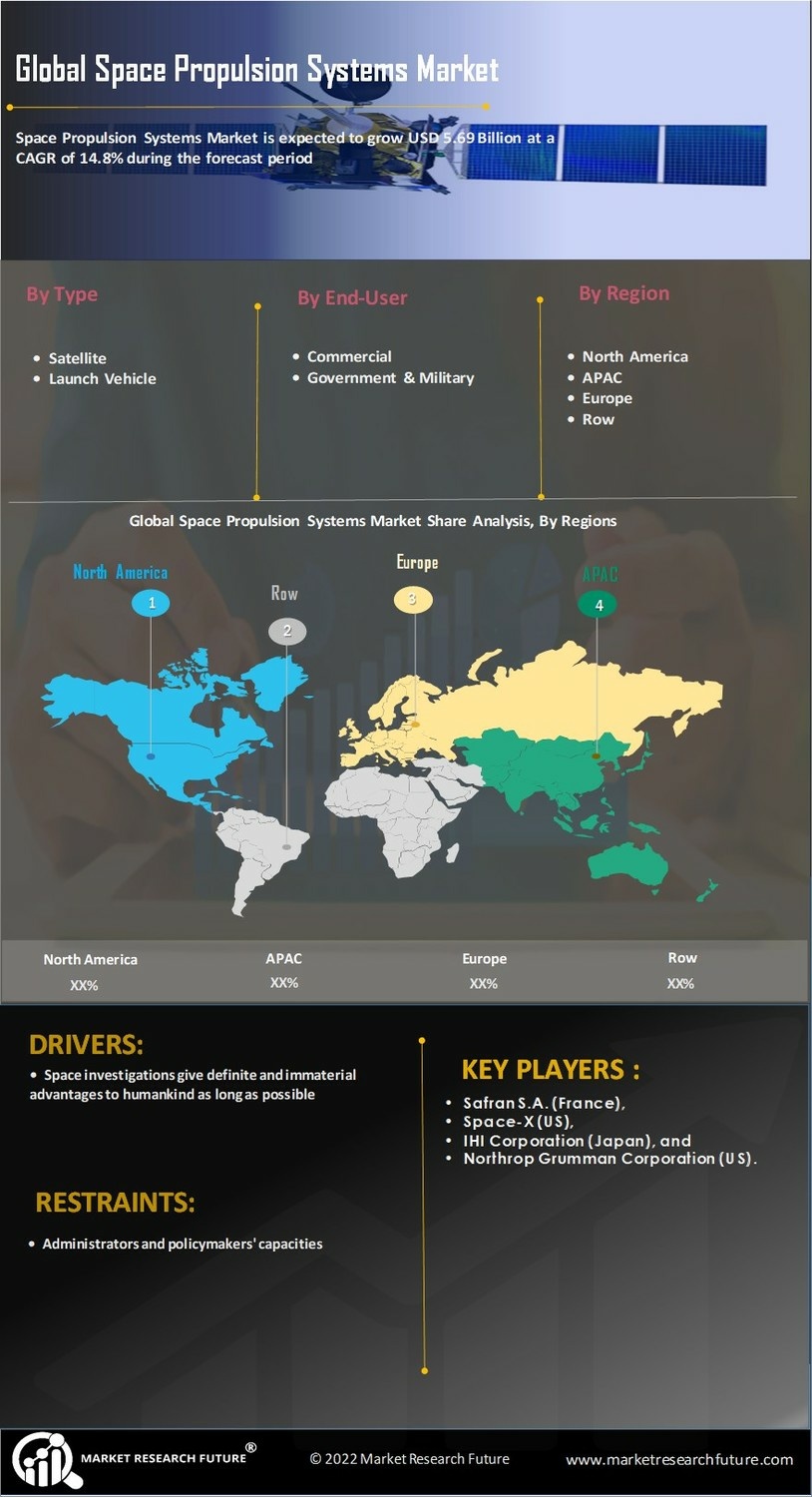

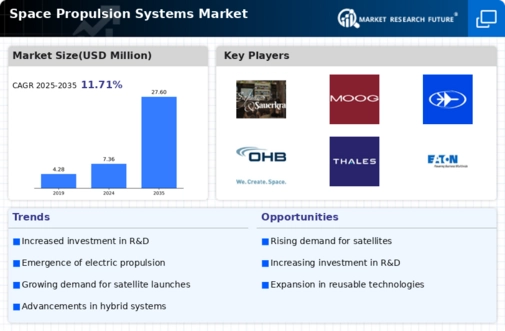

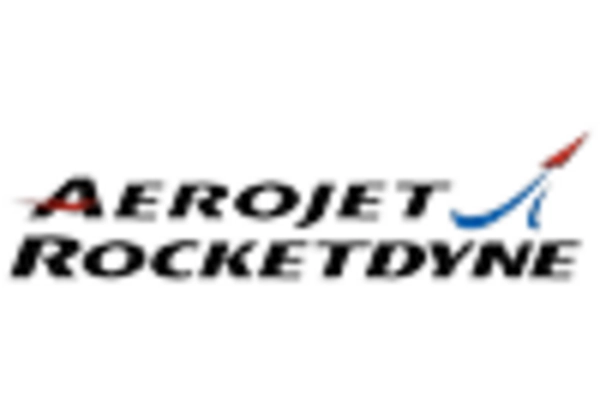

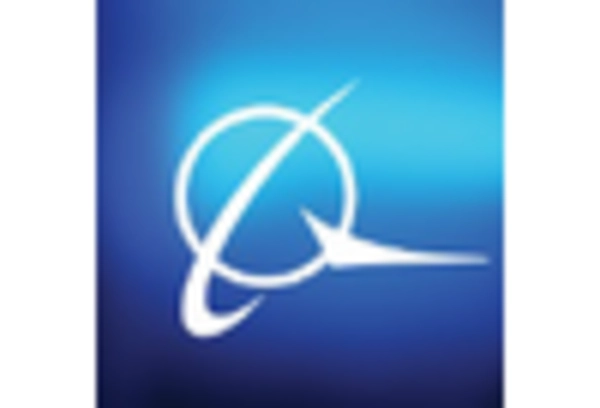
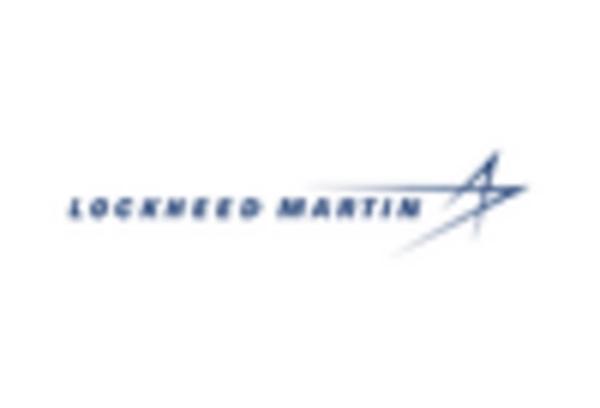
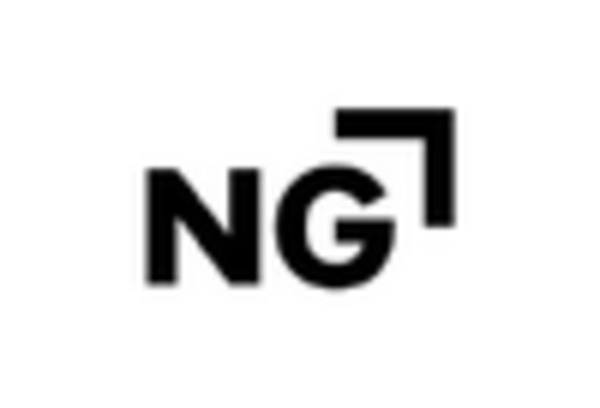









Leave a Comment